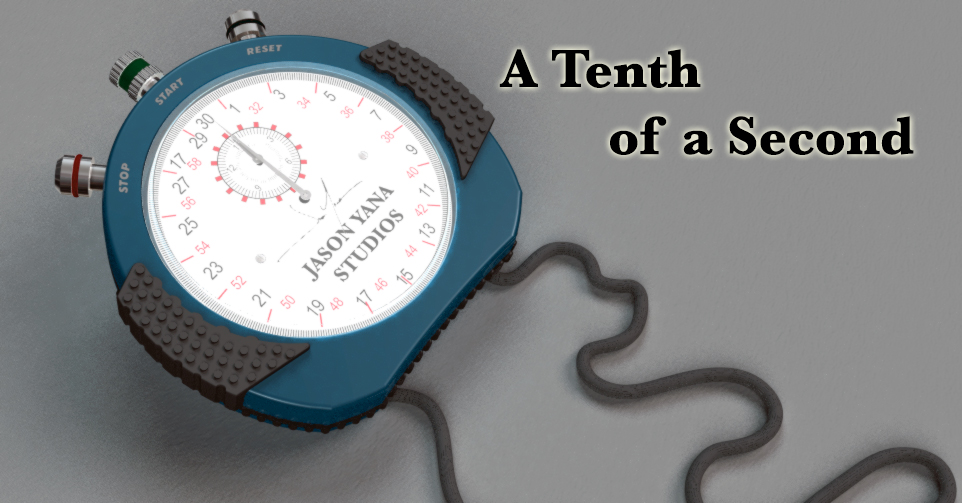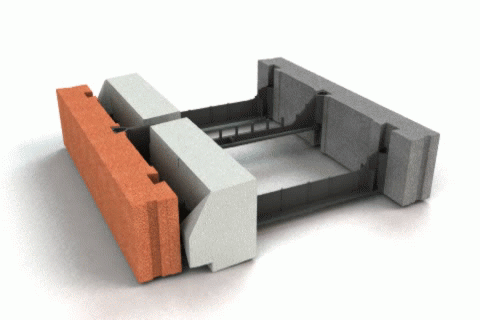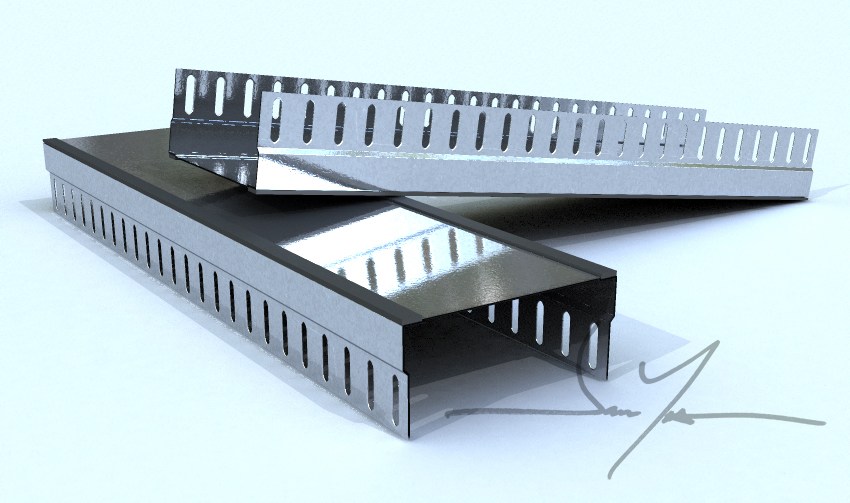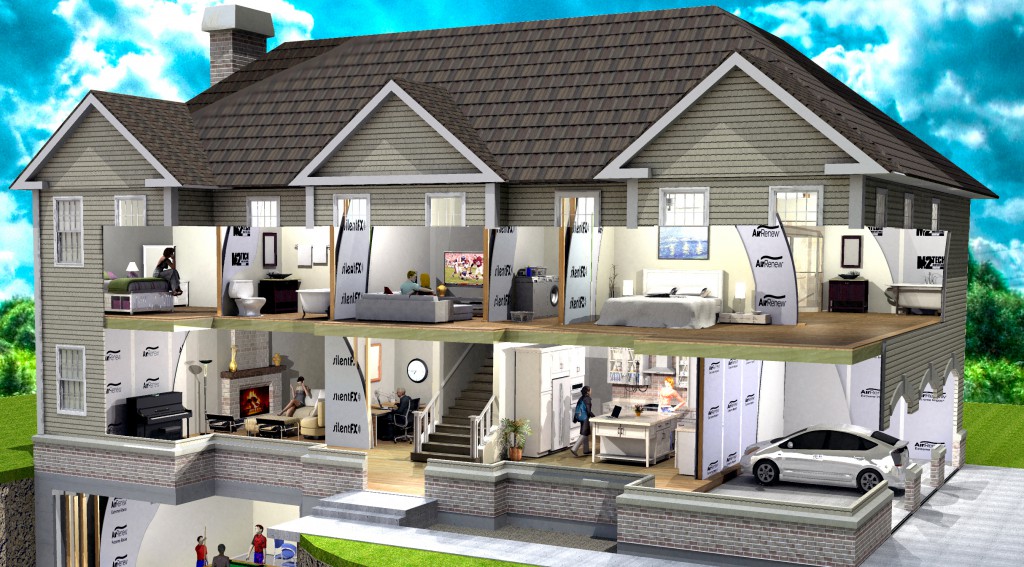First Impressions
The importance of first impressions in interpersonal interactions is something that we experience every day. The time honored adage “you never get a second chance to make a first impression” comes to mind. Countless research articles conclude that it takes just a tenth of a second for us to judge someone and make our first impression. Our brain circuitry performs a feat termed the “Amygdala Hijack” in which some direct inputs from our senses bypass our rational neo-cortex and responses to stimuli can begin before they are actually registered into consciousness. What does this have to do with building products? Through the use of high quality photo-realistic 3d renderings, products can make a great first impression in all technical and marketing materials online and offline.
The Power of 3d Renderings & Visual Impressions
I am far from a psychologist, but I believe that this same phenomenon holds true when we first see anything, whether it is another person, a web site, a car or even a building product. To grasp the importance of the visual appearance of a product, one does not have to look very hard. The visual experience of an Apple product is a huge part of their company’s meteoric success. Any time you see their product, whether you see it on their web site, in an advertisement or in one of their stores, the visual impression is consistently beautiful. Anyone who has had the experience of unboxing a new iphone or ipad knows that the first impression begins with the packaging. It is said that there is a room somewhere at Apple where people do nothing but design the packaging for their products. They are first impression specialists whose aim is simply to control the first impression of the product and make it exceed expectations. Do you have a first impression specialist for your products?
Does a Product Have Body Language?
In “Body Language: 7 Easy Lessons to Master the Silent Language”, James Borg states that human communication consists of 93 percent body language and non-verbal cues, while only 7% of communication consists of words themselves. A lot of time, energy and emphasis in social media marketing has been placed on the power of words. The blog has become an integral part of personal expression and the personalization and expression of a brand. While this is all great progress, let us not forget the other 93% of communication at our disposal. Can we exponentially increase our target market’s opinion of our product by improving the visual impression a product makes? Are marketers spending enough time on the visual representations of products even if they are not the most glamorous looking products?
Through the eyes of an Architect
Architects are visual people. I think at this point we all know that a consumer is going to decide after about 50 milliseconds whether to buy something from a web site based on it’s appearance. Building products need to make a great first impression on architects the same way. They should be presented in the best possible way using 3d renderings whenever a potential customer views your marketing materials, whether in print or online. There are many factors that can make or break your business success, some of which you control and some you do not. Visual Marketing is about knowing the difference and taking control of the visual impressions your product makes through the entire sales, marketing and technical support customer experience. 3d renderings, 3d animations and 3d details are all fundamental opportunities to make a positive impression.
Photography is not the only option
Every building product is different, some are very photogenic and easy to capture with professional photography – Yes, I said professional. A $2000 camera is nice, but it does not guarantee success. I am always amazed at what a real professional architectural or product photographer can do to make a building or a product look it’s best. Photography, however, is not the only option. 3d rendering has evolved over the last decade, and it is here to stay. So much so, that kickstarter.com has banned people from using 3d renderings to raise money for a business idea. While I find this ridiculous, it does show how powerful this medium has become in simulating reality using high end graphics. Below are some examples of 3d product renderings.
3d Photo Realistic Renderings can do things photography just cannot do
Most products used in the construction process are never seen once the building is completed. They are the unsung heroes. The workhorses of the building products industry, the unassuming defensive player, the drummer of the band. They’re not always the sexiest looking products, but they contain within themselves an inherent beauty of function. When something is manufactured to perform a function well, it’s form follows that function. It may not be beautiful in the traditional sense, but in a larger more deep and meaningful sense. These supporting cast members can be shown using 3d renderings in ways that photography just cannot capture. A wall can be cut open to show all the elements that make it work, and this can be done in stunning photographic detail using 3d renderings
Are your products making a great first impression?





